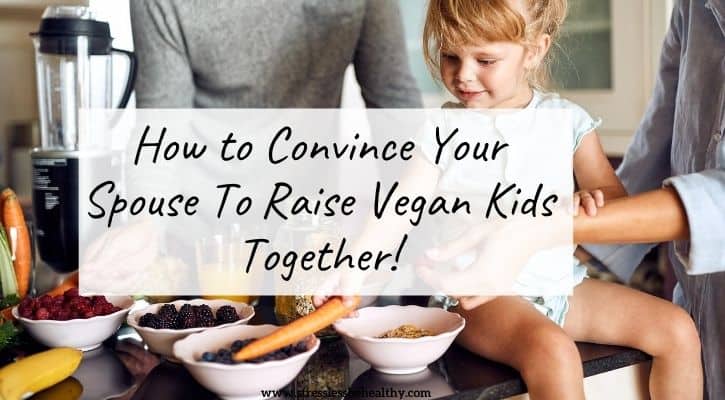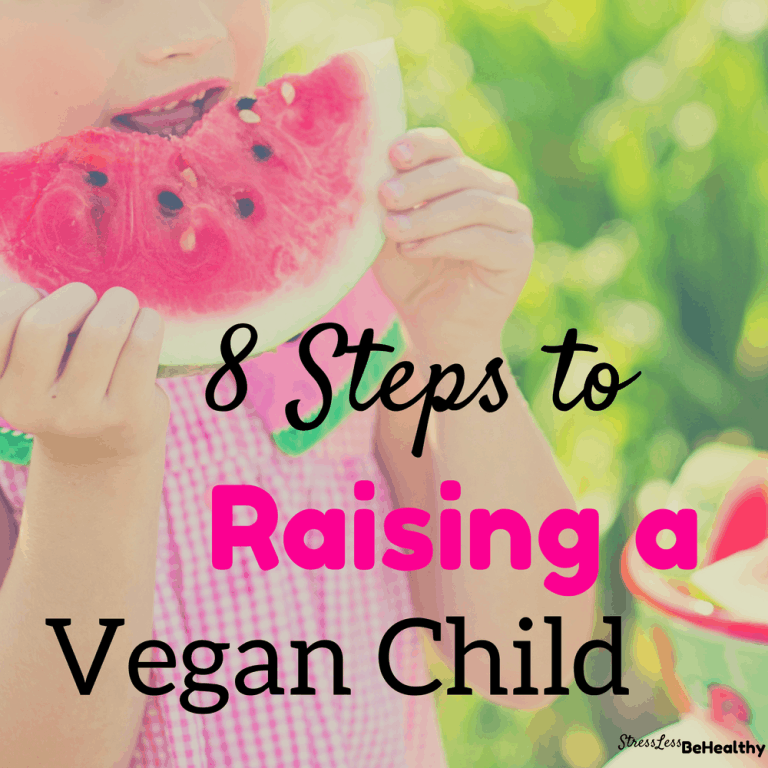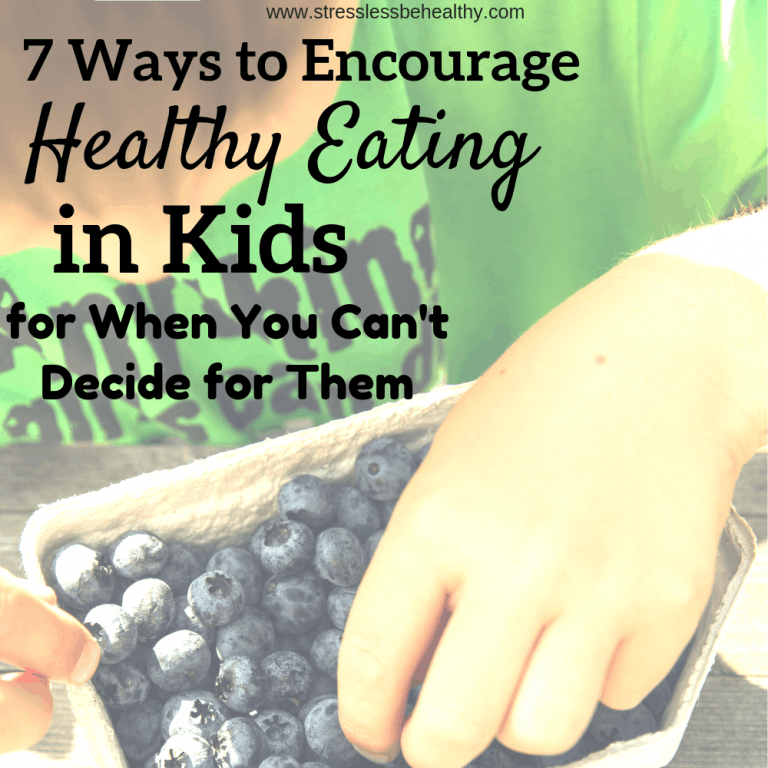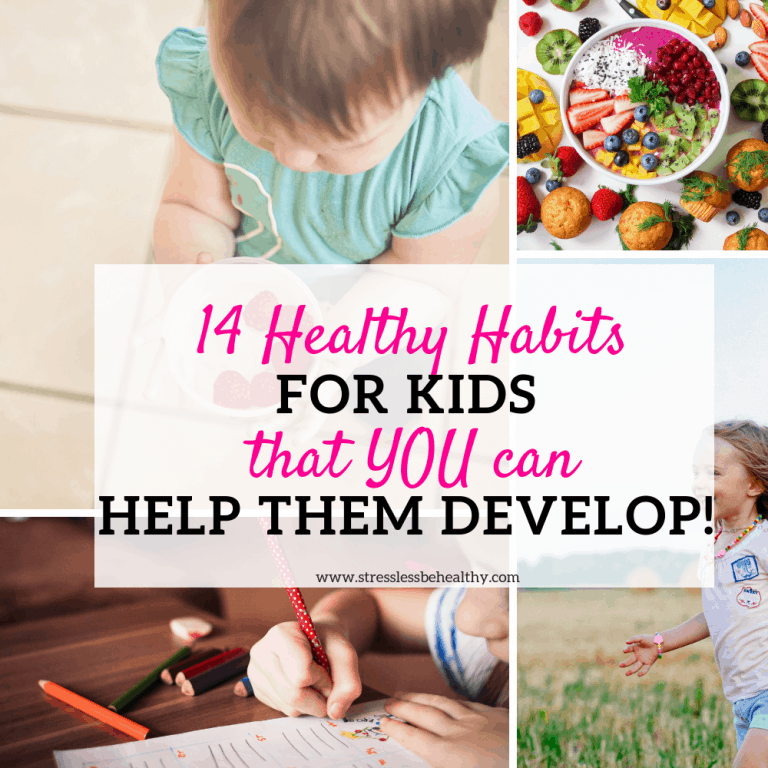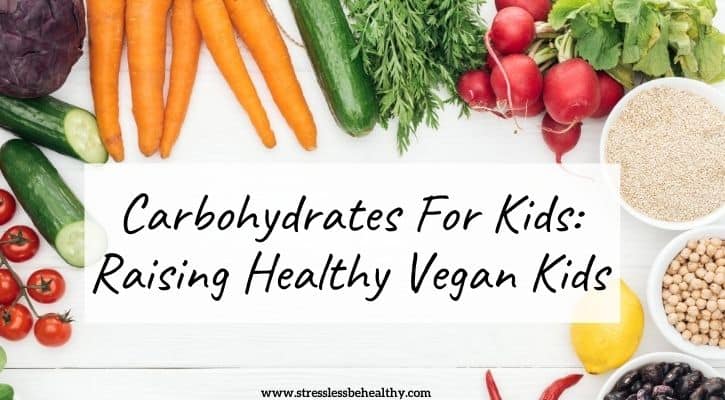How to Create Curiosity Around Healthy Produce
*Disclosure: some links may contain affiliate links. For more information on what this means, visit my disclosure page.
Teaching kids about nutrition and the healthy produce they should be eating isn’t always easy!
From explaining it in an easy to understand way to actually getting our kids interested in learning more about it; it can be downright hard! That is, if you don’t even know how to talk about the food you’re eating.
Luckily, there are plenty of ways to help create curiosity around healthy produce! (Even if you’re not a health nut like I am!)
Virginia, from Happy Healthy Abundance, has come up with tips on how to talk with kids about 8 different types of produce. Tips that she uses herself in her household, and uses to encourage her children to want to actually eat the produce based on their health benefits, not just the taste!
Keep reading to find out what she has to say!
Related Posts:
The Best Food Bloggers to Follow for Healthy Kid Friendly Recipes!
7 Ways to Encourage Health Eating in Kids for When You Can’t Decide for Them
How to Teach Children to Build a Healthy Plate
Want to Remember This? Pin How to Create Curiosity Around Healthy Produce to your favorite Pinterest Board!!
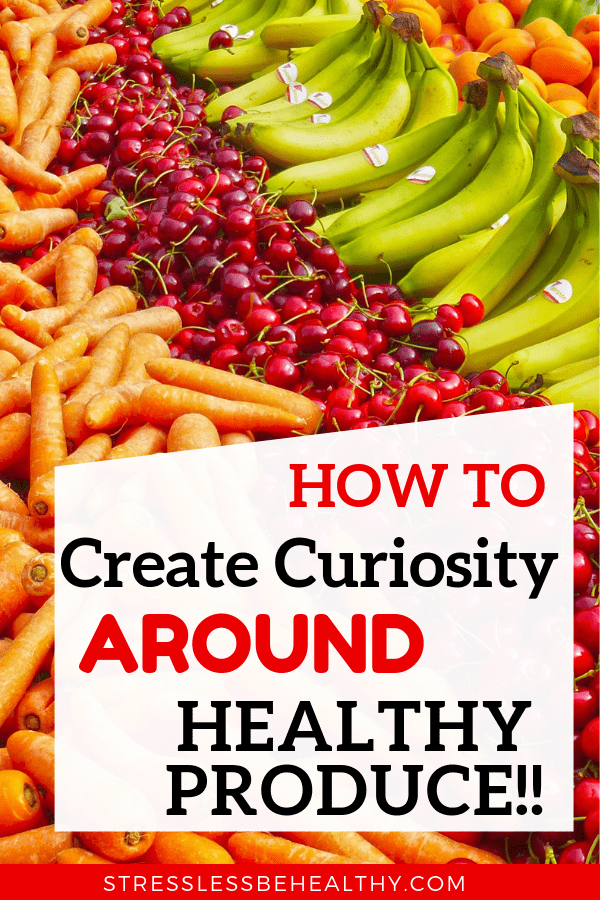
How to Create Curiosity Around Healthy Produce
Raising kids is challenging enough without even considering the spit out food, disgusted faces made at dinner, and the perpetual questions they ask. Just these three things alone could drive a mom up the wall.
You’re not alone in this. We’re all experiencing these things daily. No matter how much positivity you’re projecting or how well you try, these behaviors are bound to get to you at some point.
Once I learned that children don’t develop reasoning skills until the age of 7, my whole parenting philosophy took a shift. My eyes were opened to the puzzle in their little heads that they were constantly trying to find the pieces to. And the incessant “but, why?” question quit frustrating me so much.
I decided I want to be that mom who stops and takes the time to explain and teach while making eye contact and really connecting with that tiny growing mind. In pursuit of my dreams for their future, I focus on teaching them about health and money daily, in hopes their lives will be easier than mine.
Less far flung food, please
The hubs and I value nutrition and focus on eating foods containing nutritious ingredients, but motherhood had a big fat lesson in store for me: Just because I feel this way doesn’t mean the kids will eat healthy foods willingly.
I specifically remember asparagus being flung onto the wall by a certain cute little blondie.
We began speaking openly about the benefits of the foods we eat when the kids were just toddlers. Whether they could understand what we were saying or not back then, we knew it was important to start discussing the benefits of the nutrients in our foods and why we need to eat them.
Now that the kids are older, these conversations really satisfy my kids’ curiosity. Conversation about the nutritional value of the foods on our dinner plate inspires more discussion about our bodies and how to properly support our needs.
Here are the most common items we eat and some discussion pointers I hope you can share with your kids, too!
8 Healthy Foods & What I Tell My Kids About Them
1. Asparagus
Asparagus contains Vitamin K which assists the body in absorbing calcium and is a key player in blood health.
I tell my kids it makes strong bones and helps their body heal when they get a boo boo.
If they are still listening, I’ll remind them that they need strong bones to grow up and be taller than me. That always riles them up and gets the questions flowing.
I find a way to circle back and talk about how amazing the body is because when we get a scraped knee or a cut, our blood forms a scab and our body grows the skin back. Vitamin K helps the body do that & that’s a very cool super power to have.
If you have boys, they love pointing out their most recent scrape and being compared to Wolverine!
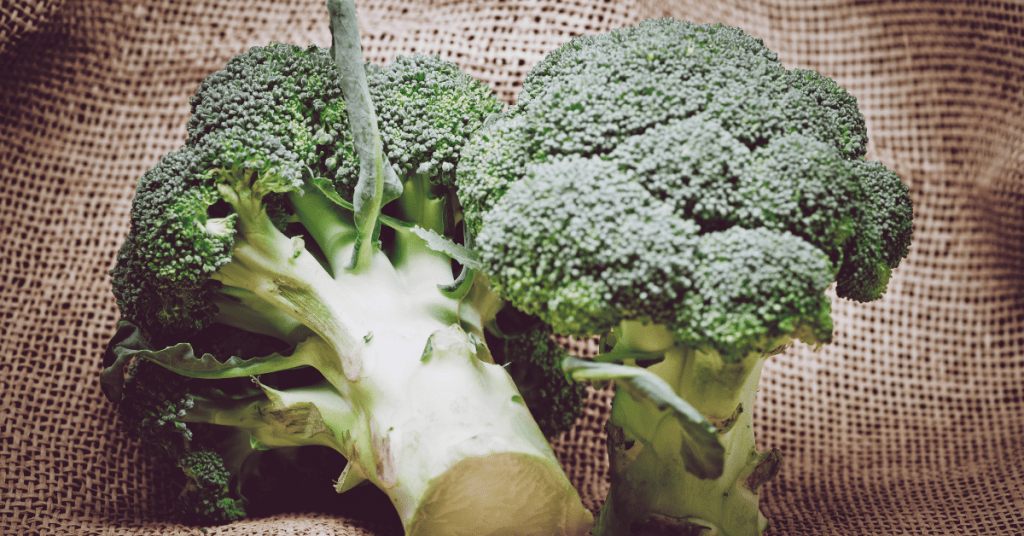
2. Broccoli
Broccoli is filled with Vitamin C and sulphur, both of which are excellent at boosting our immune system and warding off disease and even cancer.
I talk to the kids about avoiding getting sick, and although we wash hands and cover our mouths, germs still get in sometimes. I tell them that our body contains special cells dedicated to stopping sickness and that eating broccoli helps those cells.
Vitamin C is also fabulous for the skin’s texture and helps the skin fight damage from the sun. My daughter loves to hear about how she can take good care of her skin and keep it beautiful.
3. Berries
Berries are bursting with antioxidants and anti-inflammatory properties. Anti-inflammatories help reduce swelling during injury, tension in the muscles, and even reduce the chances of heart disease. Antioxidants protect the skin and encourage the production of collagen.
These are big, complicated subjects for kids. So, I simplify it by telling them that berries help their skin stay beautiful and their muscles from hurting after exercise. My sports players really go for that one.
I told my son how beautiful his skin is too and remind him that it can’t hurt to be a good lookin’ athlete. I gave him a wink and said “just eat them for your muscles”. He catches my drift and gives me a smirk. We had a moment. That made my day!
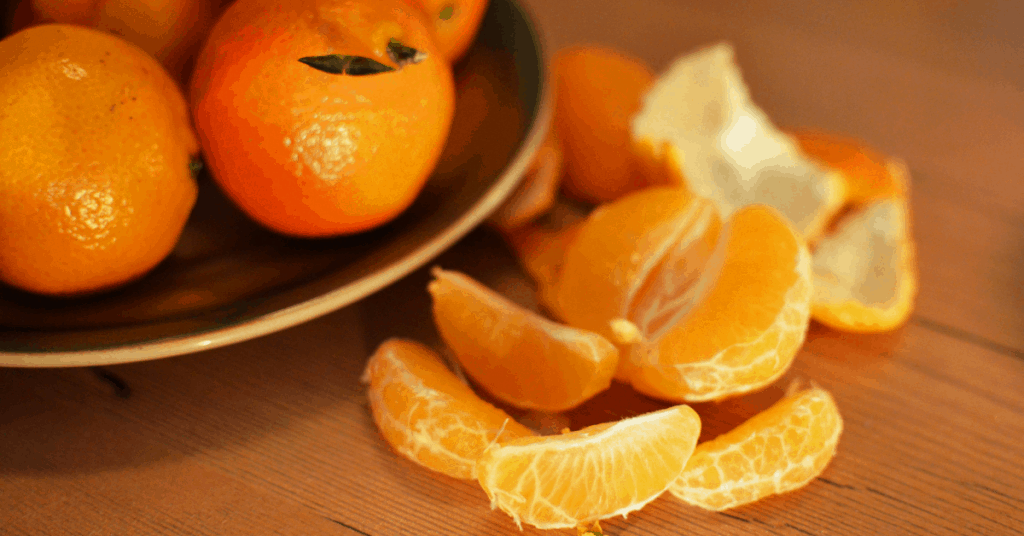
4. Oranges
Oranges are full of Vitamin C. Depending on your kids’ ages, this one could lead into a whole discussion about the immune system and how our bodies are constantly fighting off sickness and disease.
This is a great opportunity to explain how eating oranges can help us have less colds and yucky ear infections. Nobody likes those things anyway and I use this chance to talk about less doctors visits and less shots.

5. Carrots
Carrots are loaded with vitamin A and betakerotene. These nutrients help our eyes focus and help us see at night.
My kids love talking about owls and wolves, so to compare your night vision to that of these amazing animals is a really fun conversation.
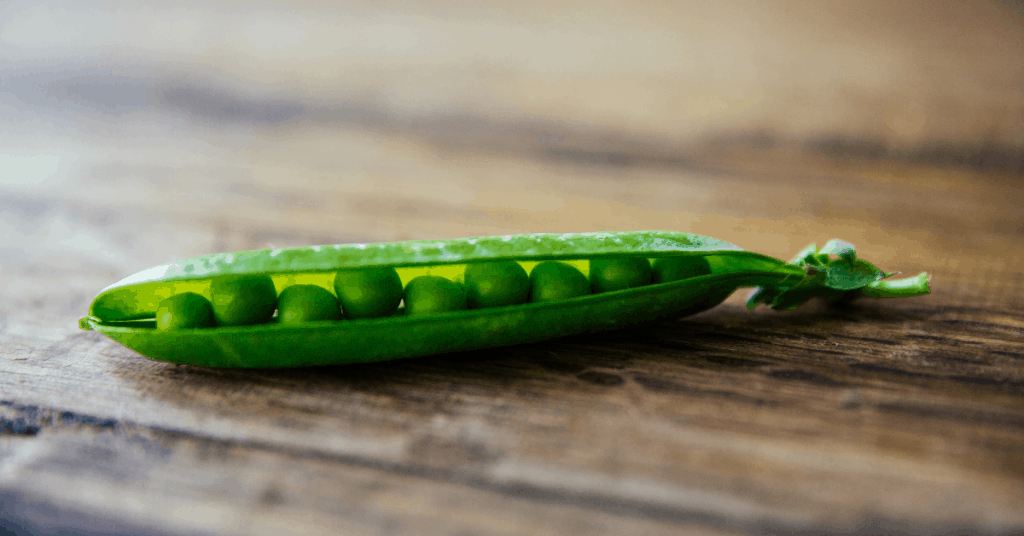
6. Peas
Peas contain protein. Protein is a major building block for our bones and our blood, not to mention that our hair and nails are made of protein.
I tell the kids they need to consume protein if they want long, healthy hair and nails, or if they want strong muscles and bones. Different kiddos will take what they want out of the discussion.
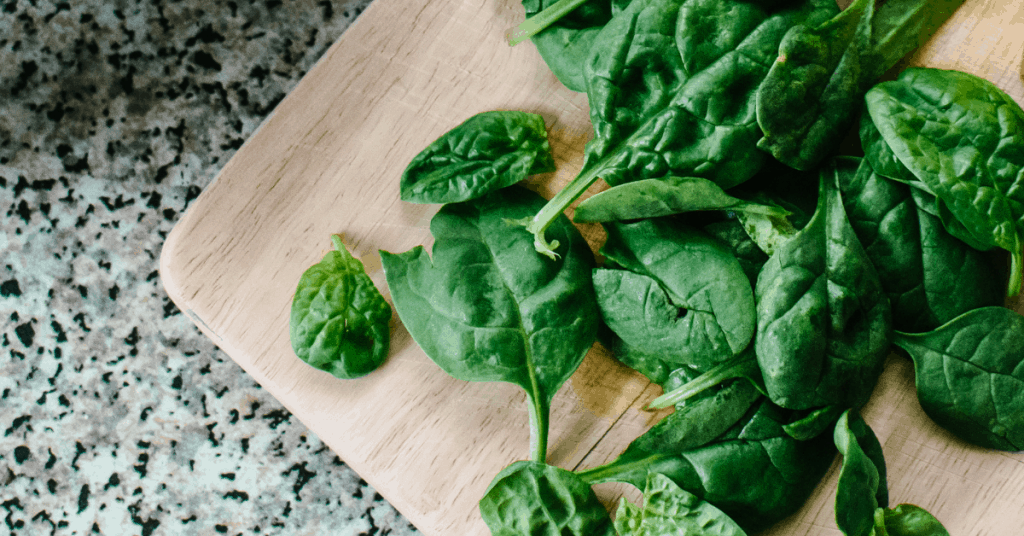
7. Spinach
Spinach has iron and calcium in it, but I really like to highlight the magnesium component.
Magnesium dissolves lactic acid in the muscles (helps prevent soreness and cramping) and assists with the brains electric signals to the muscles throughout the body.
Anyone who wants to grow big and strong loves learning about muscles. Remember Popeye the Sailor Man? Now I totally get the whole spinach thing!
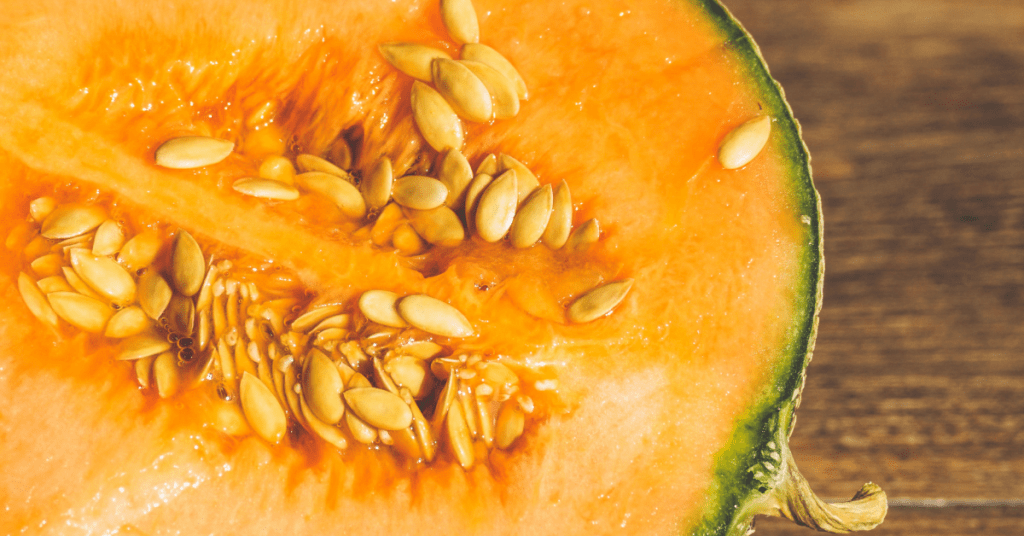
8. Cantaloupe
Last, but not least, we love melon. Cantaloupe contains vitamin A, which assists our bodies’ absorption of calcium. This combination helps us have strong teeth and bones. Vitamin A also helps us form strong white blood cells, which if you remember a little grade school biology, those are a key component in the immune system.
My older kiddo already has a few adult teeth, so we’ve started to talk about the importance of taking good care of them since they have to last your whole life.
A delicious melon snack on a spring day gives us yet another opportunity to discuss the immune system and the white blood cells fighting off unwanted bacteria and viruses in the body to keep us functioning well.
Holy Biology Lesson, Batman!
Of course, this is a lot of information. Keep from dumping it all on them at once.
There are way more vitamins and nutrients in each fruit and vegetable mentioned, but this is meant to be easy to understand for kids, so remember to keep it simple.
Uncomplicated conversation will hold their attention longer and provide for more open feedback and discussion about the foods and the health benefits they provide.
I suggest mentioning the benefits of berries over breakfast while enjoying some berry covered waffles and then having a separate discussion about the benefits of broccoli over dinner.
It helps the conversation if the kiddo can see and eat the healthy food in a relaxed setting during this “lesson”. Allow the conversation to ebb and flow and allow them to have input and ask questions.
Taking advantage of the teaching opportunity in these moments in a positive way is key. They love to learn about how to help their bodies grow bigger and stronger and I love using the benefits in the food as a tool to teach them healthy eating habits.
Understanding why we should choose veggies over cookies and the benefit our bodies get from making healthy choices is key to long term health. What a priceless gift we have the power to provide!




